What is an unsafe release in F1?
During F1's refueling era, unsafe releases led to perilous flaming accidents.
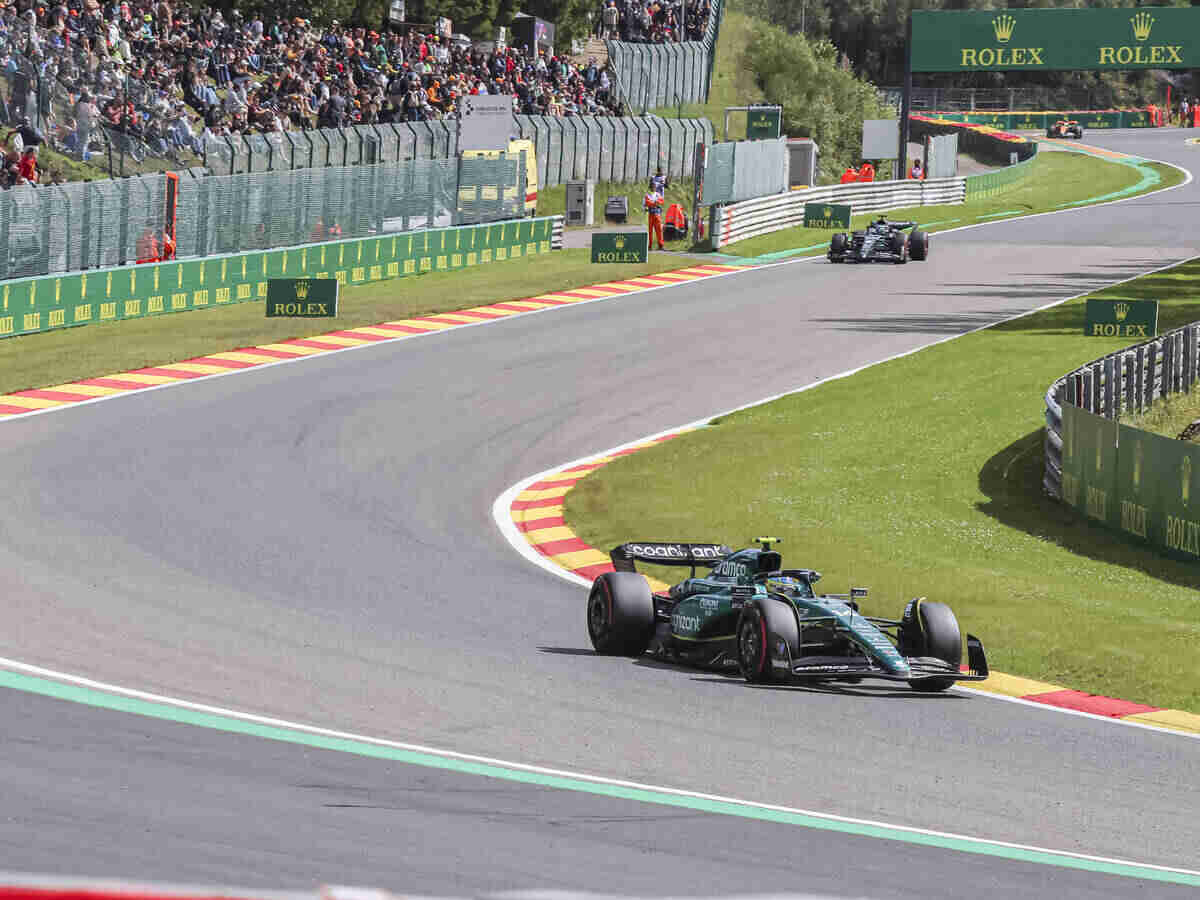
Fernando Alonso at Spa (Via IMAGO)
🔍 Explore this post with:
In the relentless pursuit of split-second advantages on the F1 circuit, teams perpetually endeavor to optimize pit stop efficiency. The urgency to complete pit stops swiftly stems from the profound impact it can have on a team’s race performance. However, within the intricate ballet of high-speed pit maneuvers lies the perilous concept of an “unsafe release.”
This term encapsulates the moment a car reenters the race from its pit box in a manner that endangers both personnel and fellow drivers in the pit lane. The potential dangers inherent in unsafe releases extend beyond the race itself, with the risk of collisions threatening the well-being of those involved. Delve deeper into the world of F1 and the stringent regulations governing them in this exploration of what constitutes an unsafe release in F1.
What exactly is an unsafe release?
An unsafe release in F1 unfolds when a car departs the pit lane while another is still approaching, creating a perilous scenario that jeopardizes the well-being of drivers and pit crews alike. The onus lies squarely on the teams to ensure the pit lane’s fast lane is devoid of approaching vehicles before granting their release. Should Driver B be in transit, the protocol mandates holding Driver A in their pit box until the thoroughfare is clear, a precautionary measure designed to avert potential disaster.
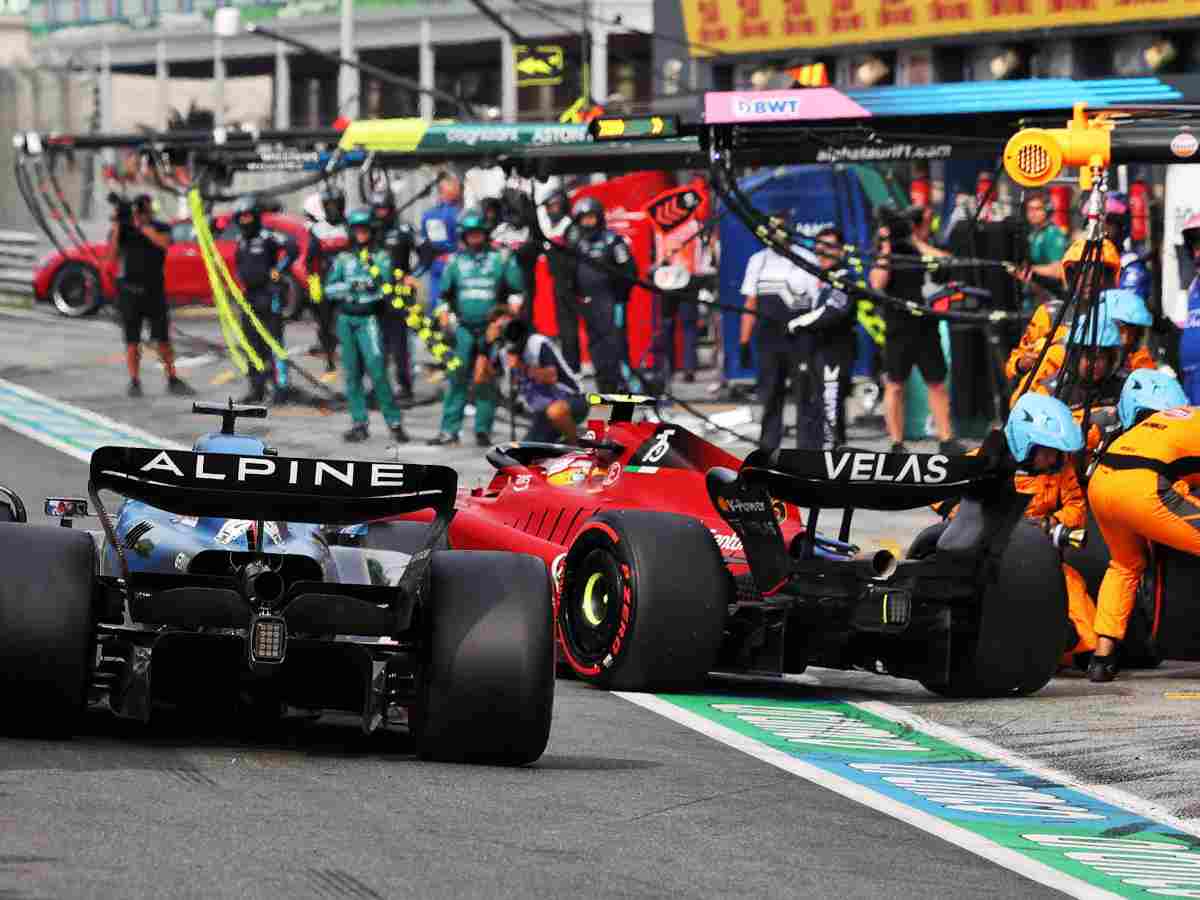
Miscommunication emerges as the primary culprit behind most unsafe releases, emphasizing the critical need for seamless coordination between the driver and the pit crew. The inherent danger in such mishaps lies in the looming specter of severe collisions. In the event of two F1 cars colliding due to an unsafe release, the resultant fallout could include injuries sustained from airborne debris, intensifying the gravity of the situation. Or, Carlos Sainz‘s 2022 Dutch GP incident of stepping over Red Bull’s wheel gun after the pit stop also constitutes an unsafe release.
The repercussions for an unsafe release manifest as a time penalty. This penalty, meted out based on the circumstances surrounding the incident, entails the addition of a specified duration to the offending team’s overall race time. The severity of the penalty fluctuates depending on the nuanced details of the unsafe release. In some instances, it proves sufficiently impactful to tip the scales, potentially costing the penalized team the entire race.
When and why did the FIA impose time penalties for an unsafe release?
The shift to time penalties for unsafe pit releases in Formula 1 marked a notable change in how the FIA (Fédération Internationale de l’Automobile) dealt with the issue. This switch happened because teams and drivers weren’t convinced that fines were doing the job of preventing unsafe releases. The decision to make this change gained traction after a specific incident with Charles Leclerc during the 2019 German Grand Prix.
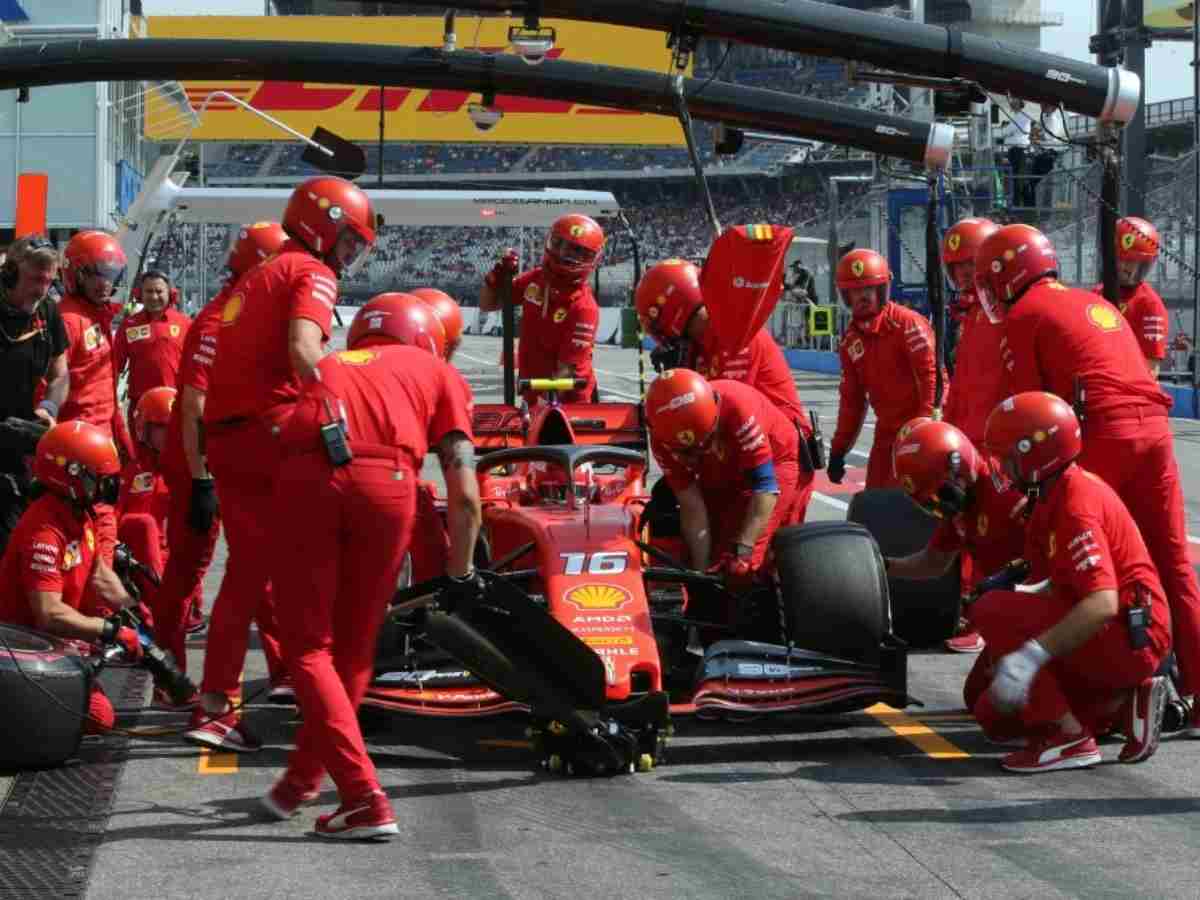
Before time, penalties were a thing; fines were the go-to punishment for teams involved in unsafe pit releases. In the Leclerc case, Ferrari got slapped with a 5000-euro fine for releasing him in the path of Romain Grosjean. This move forced Grosjean to dodge around and cost him some positions. But not everyone was happy with this.
Teams were worried that fines might encourage teams to take more risks during pit stops. The reason? The financial hit wasn’t seen as a big deal compared to the potential benefits of a quicker release. This dissatisfaction led to discussions among teams, and before the Hungarian GP, team managers unanimously agreed that time penalties should replace fines for unsafe releases.
The FIA listened to the teams’ concerns and decided to go with time penalties. Previously, rare time and drive-through penalties existed for unsafe releases, mostly resorting to momentary fines. Since the 2019 German GP, F1 exclusively imposes time penalties for such incidents. This way, there would be a direct impact on a team’s overall race time, addressing safety concerns more effectively than just throwing money at the problem. The goal was to encourage safer pit stop practices and discourage teams from taking unnecessary risks when releasing cars onto the track.
What does the FIA’s sporting regulation specify regarding unsafe releases?
The segment within the FIA sporting regulations that specifically addresses the protocol and standards for managing unsafe releases is encapsulated in Article 34.14. This article outlines criteria, stressing guidelines to prevent unsafe pit releases. Key provisions within Article 34.14 include:
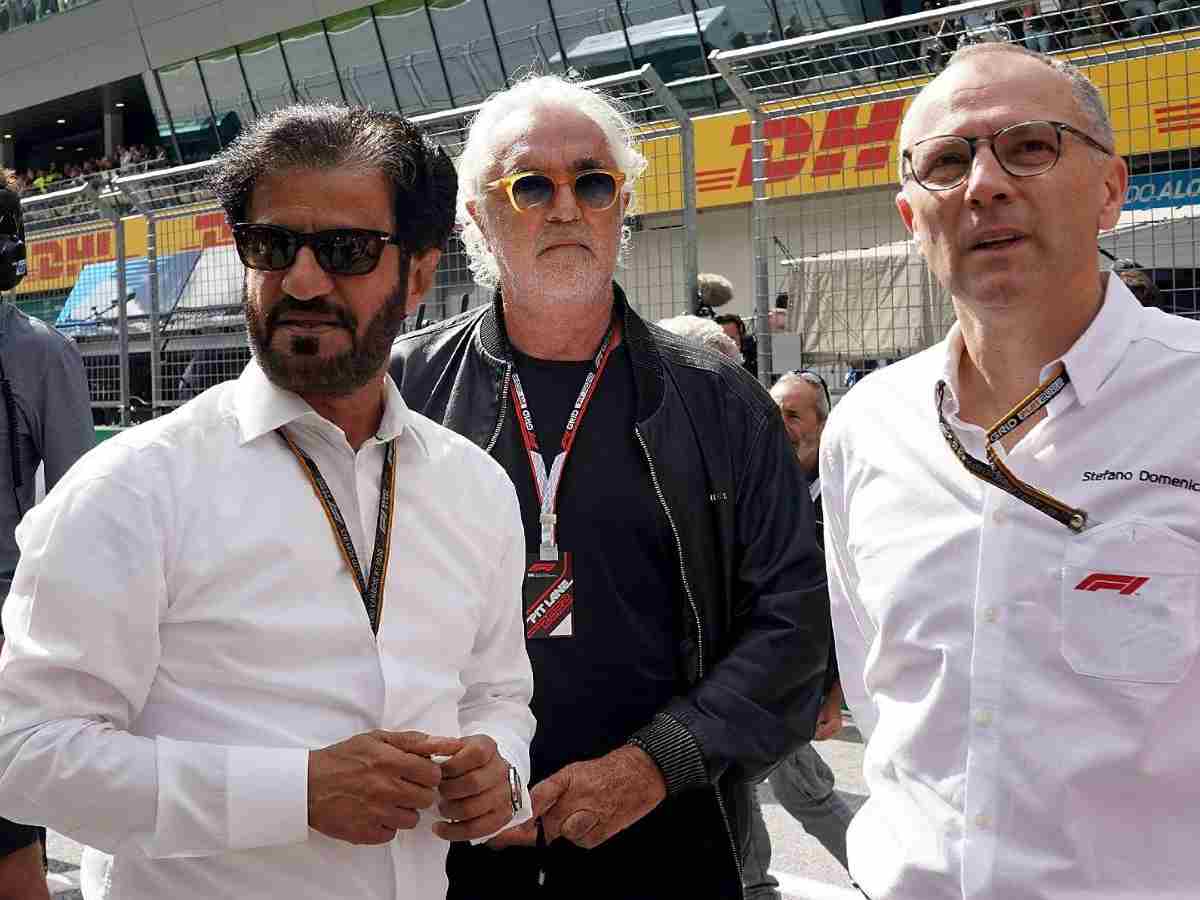
- 1. A car is considered released either when it has exited its designated garage area (upon departure from the garage) or after it has completely cleared its pit stop position following a pit stop.
- 2. Cars must not be released from a garage or pit stop position in a manner that could endanger pit lane personnel or another driver.
- 3. Competitors must provide a means of clearly establishing, from both an overhead and front view of the car, when a car was released.
- 4. If a car is deemed to have been released in an unsafe condition during any free practice, qualifying session, or sprint shootout, the stewards may impose a penalty by dropping the driver a certain number of grid positions. This penalty is applied to the race unless the infringement occurred during the sprint shootout, in which case the penalty applies to the sprint session.
- 5. If a car is deemed to have been released in an unsafe condition during a sprint session or a race, a penalty by Article 54.3d) will be imposed on the concerned driver. However, a fine may be imposed upon the Competitor if the driver retires from the sprint session or the race due to the car being released in an unsafe condition.
- 6. An additional penalty will be imposed on any driver who, in the opinion of the stewards, continues to drive a car, knowing it has been released in an unsafe condition.
Examples of unsafe releases in F1 that resulted in driver collisions:
1) Adrian Sutil and Robert Kubica Collision (Hungarian GP, 2010)
In the intense atmosphere of Formula 1 pit stops, precision and coordination are paramount. The 2010 Hungarian Grand Prix witnessed a perilous incident involving Adrian Sutil and Robert Kubica at the Hungaroring. As Kubica exited his pit box, he inadvertently collided with Force India’s Sutil, who was entering the pit lane. The consequence was abrupt and severe—Sutil’s race came to an abrupt end.
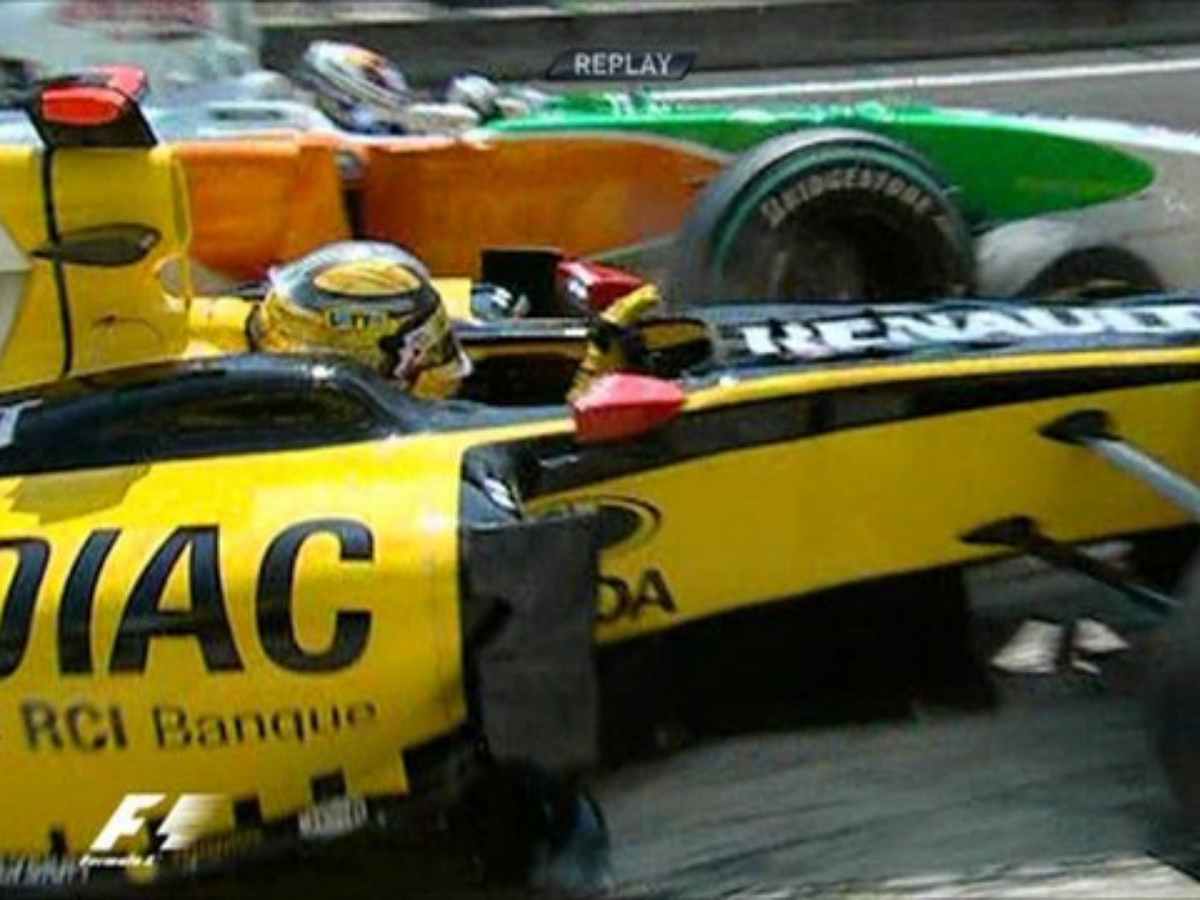
Renault, Kubica’s team, faced not only a loss on the track but also a financial penalty. The unsafe release incurred a $50,000 fine, highlighting the gravity of compromising safety in the pit lane. Though no physical harm resulted, the incident underscored the need for meticulous attention during pit stops to prevent such collisions and prioritize the well-being of all involved.
2) Nikita Mazepin and Kimi Raikkonen Collision (Hungarian GP, 2021)
Fast forward to the same Hungaroing in 2021, where a red-flagged race and a subsequent tire change frenzy added to the drama. Post-restart, the crowded pit lane became a stage for an unfortunate collision between Nikita Mazepin and Kimi Raikkonen. Raikkonen, released from his pit box, met Mazepin approaching, leading to a damaging collision.
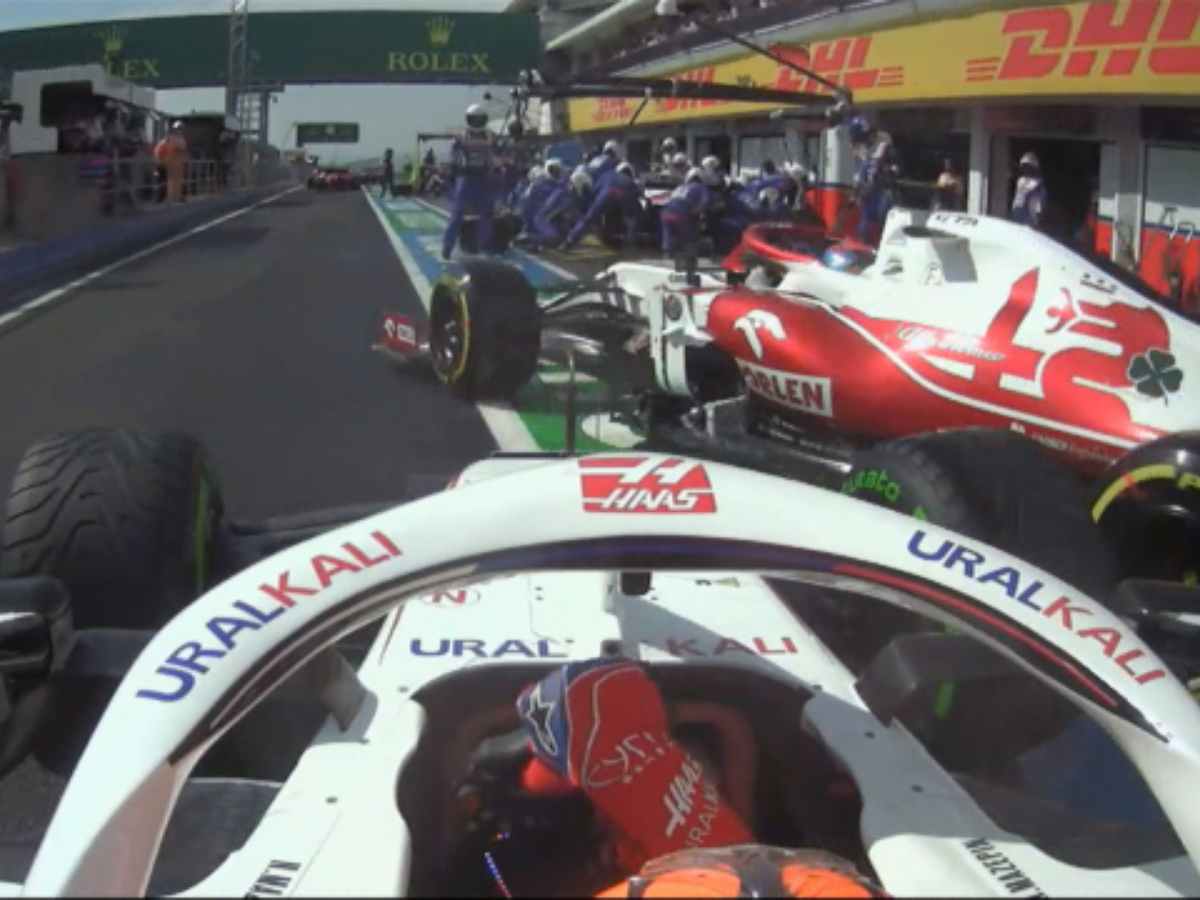
The primary culprit was a traffic light issue in Alfa Romeo’s pit box, mistakenly signaling Raikkonen to proceed. The consequences were significant—Mazepin had to retire due to the incurred damage. Raikkonen, recognizing the unsafe release, faced a 10-second time penalty as a form of race-time punishment.
These incidents underscore Formula 1’s imperative for precise pit stop execution. The Sutil-Kubica collision 2010 revealed the peril of unsafe releases, resulting in a monetary penalty. Fast forward to 2021’s Mazepin-Raikkonen clash, and introducing a time penalty reflects F1’s evolution in addressing safety breaches. As Formula 1 continues to evolve, incidents like these contribute to the sport’s learning curve, prompting regulatory adaptations and reinforcing the imperative of prioritizing driver safety.
In case you missed it:
- Is Max Verstappen the first driver to win F1 world championship on a Saturday?
- Five times Max Verstappen selfishly disobeyed Red Bull team Orders

